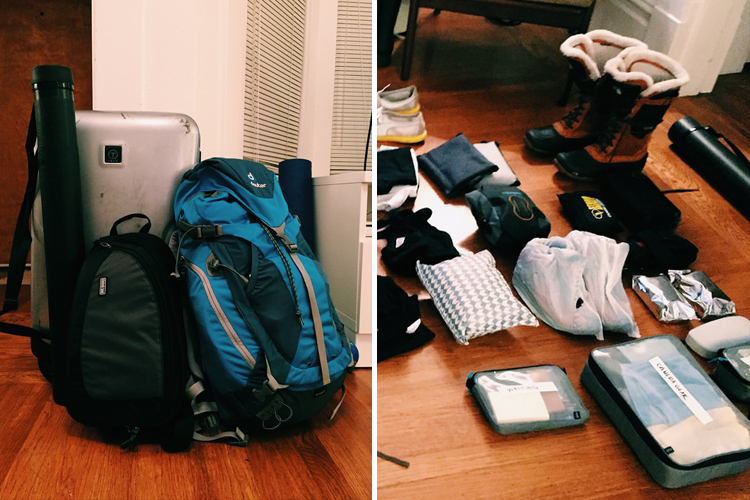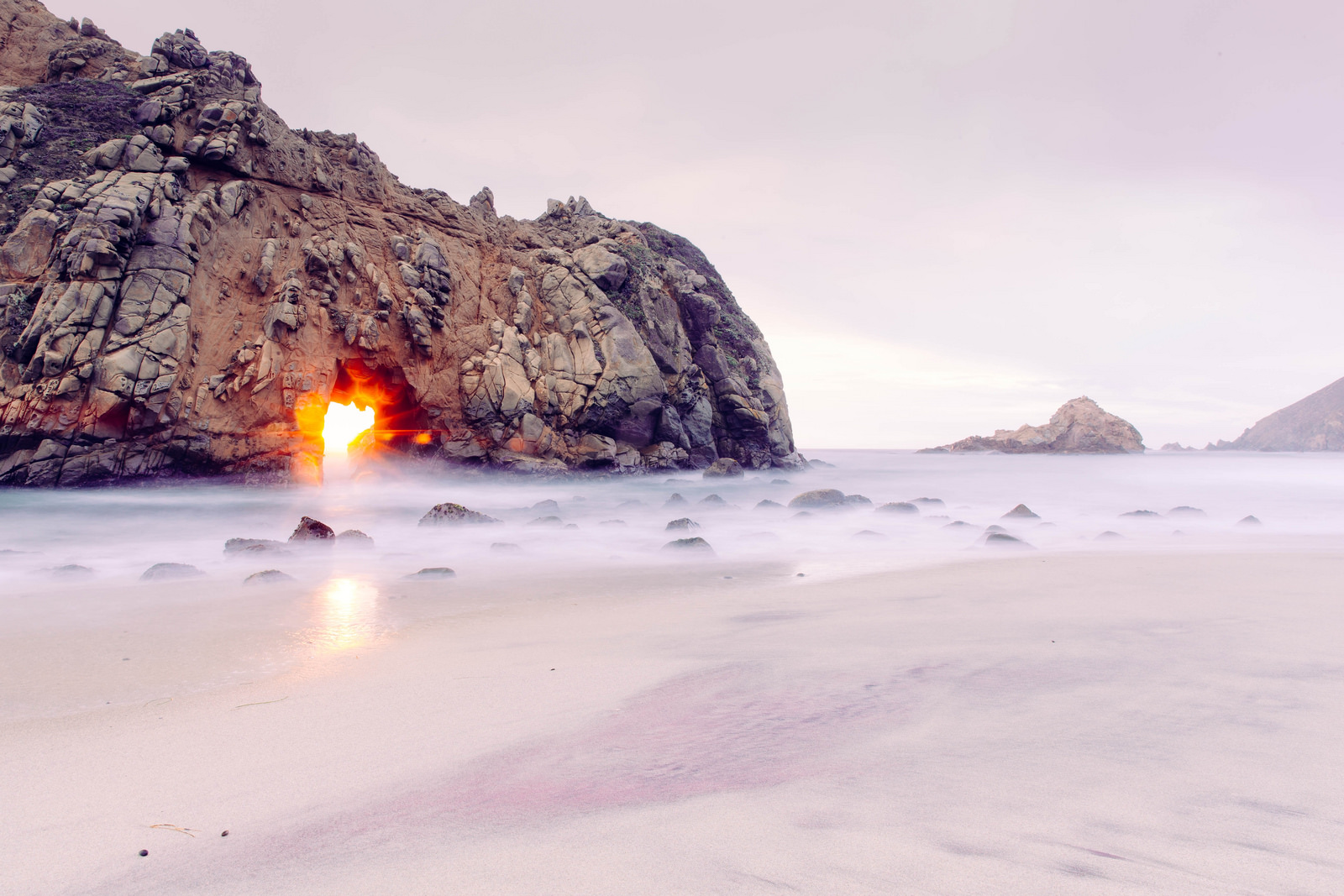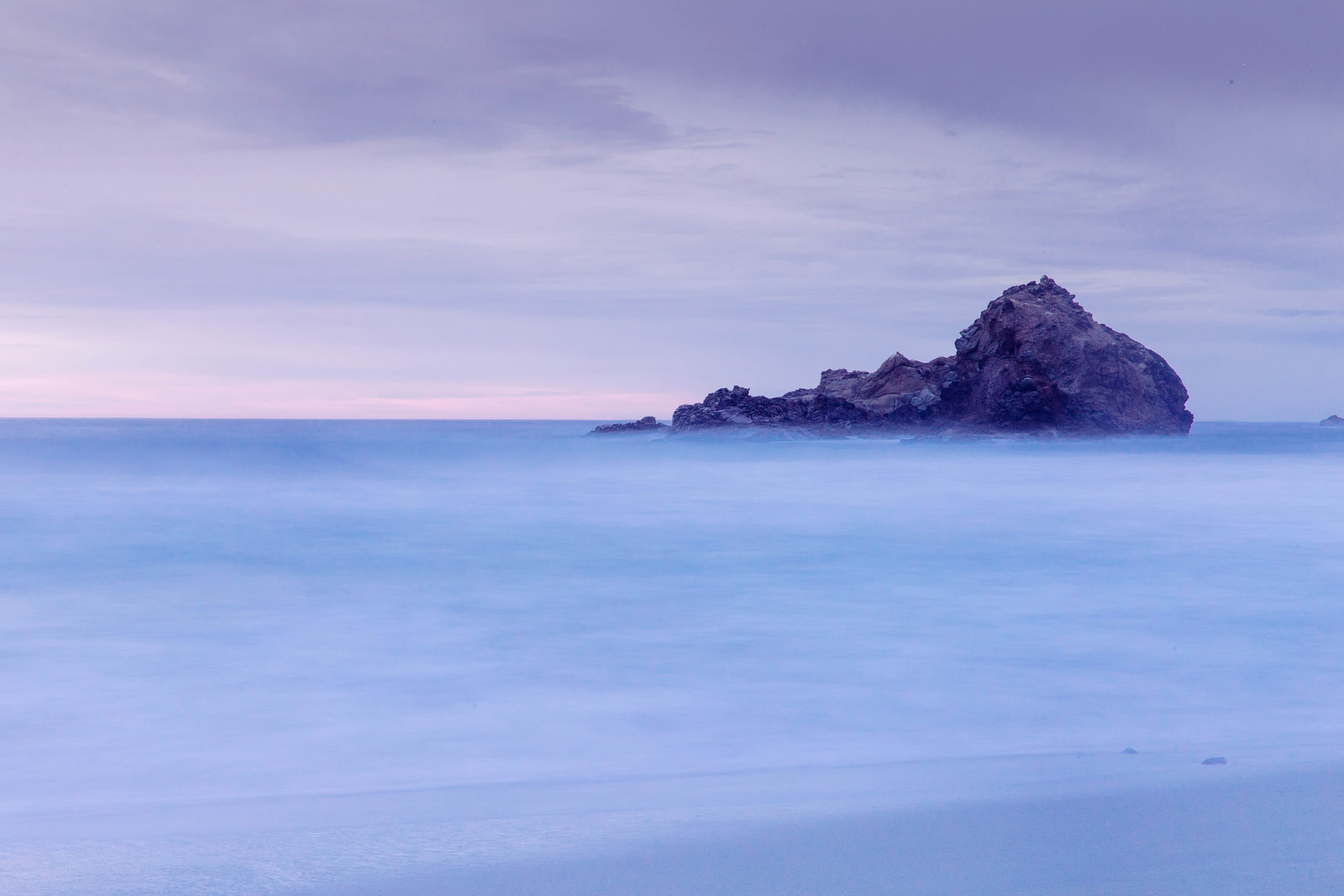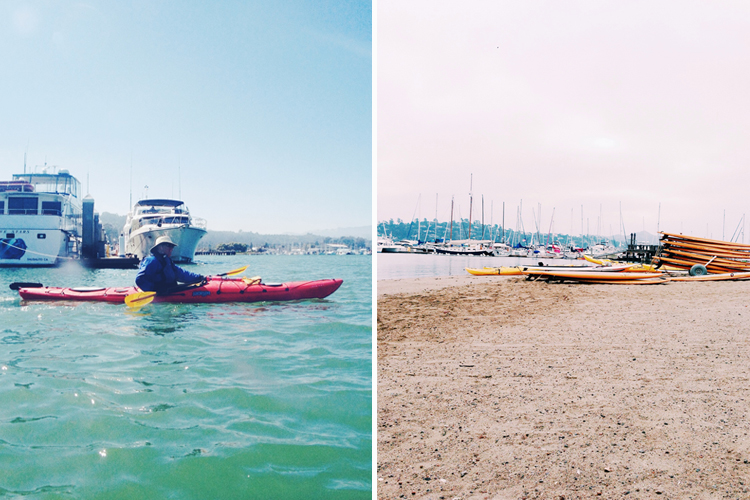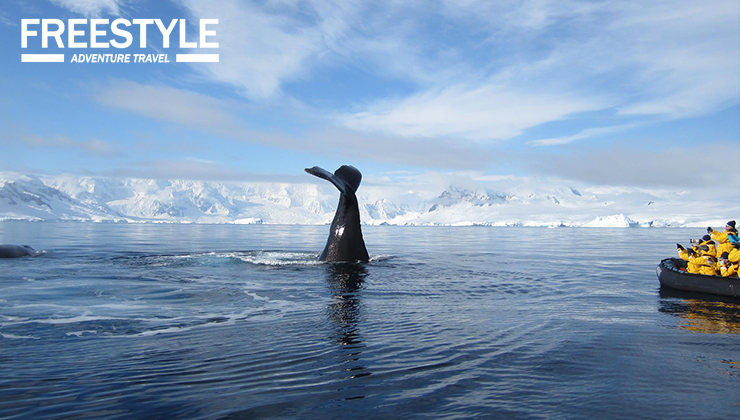The whole point of going to Antarctica (aside from just going to experience Antarctica), is to take pictures. Amazing, spectacular, incredible pictures of ice and penguins above and beneath the surface! This means taking pictures from an unsteady kayak, from a rocking ship, in cold climates, with super thick gloves, focusing on subjects near and far that are moving fast or hard to get.
And I have no real idea what I am doing, to boot. All the quality shots I’ve have taken in life so far have been purely by accident… and because I take thousands of awful pictures for every good one.
Anyway, in an effort to get comfortable with these unusual circumstances, my plan is to learn and read, test and practice, and willingly make a fool of myself in the months before so that when I finally get there, I can be cool and composed (at least in theory) as I create the shots I long for.
Here are some of the things I’ve got planned:
September 6: Intro to Kayaking Class
I have to learn to be comfortable (and safe) in a kayak before I can start getting crazy and shooting from one.
September 19 - 21: Kayak Weekeend
Time to test those skills on a weekend of unsupervised kayaking. First, a night-time bioluminescence tour — which is just plain cool and less about specific practice.
Then, it’s a day of full-scale simulation. I’m bringing my DSLR, underwater setup, lenses, point-and-shoots, big ol’ neoprene gloves and winter parka to see what it might be like. Can I manage all of this from a kayak? Can I avoid tipping? How much stuff can I actually bring in one of these things? This weekend is the big test.
October 18: Advanced Kayaking Class
Time to up the ante! I’m going pro here. This is practice for Antarctica after all.
UPDATE: Just got back from the intro class and... I'm not advanced enough for the advanced class. I'll be using this time in my schedule to practice my basic skills again.
November 9: National Geographic Photography Lecture in San Francisco
Time to focus my attention on general photography practice! I'm heading to a lecture to hear about ways to go beyond the linear "here's my trip!" experience and tell better stories and moments in my travels.
November 16: Landscape Photography Workshop in Big Sur
I'll be heading south to work with several photographers on tuning my landscape and wildlife skills and get acquainted with any special equipment and gear that might help me on my adventure.
Of course, I’ve got a library filled with a ton of antarctica-specific podcasts, articles, books and stories to help ensure that I am totally prepared for the unexpected.

